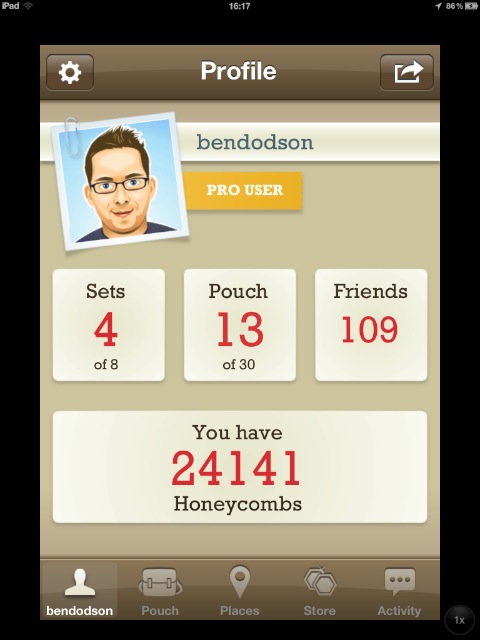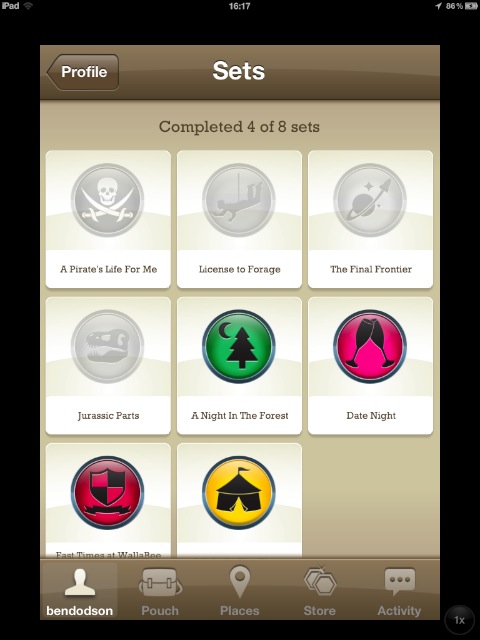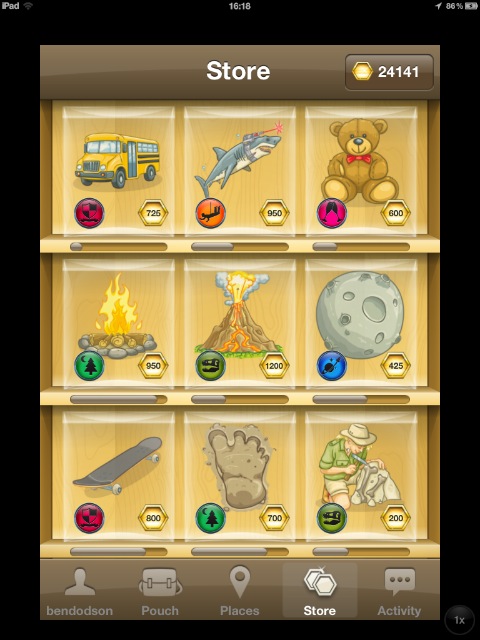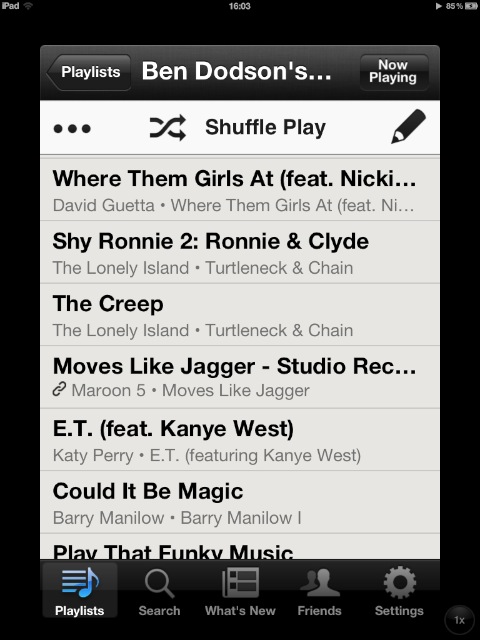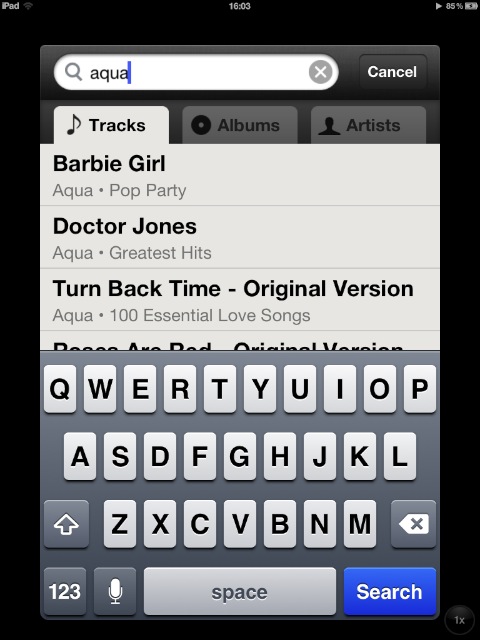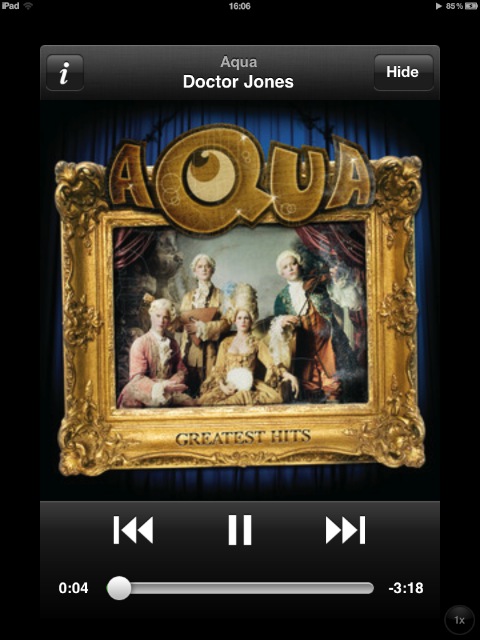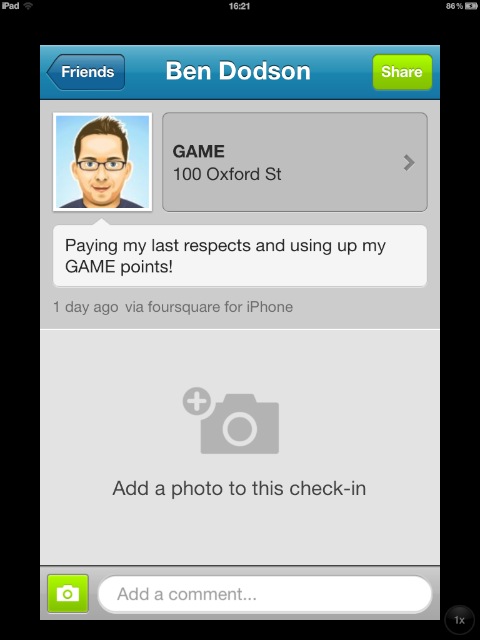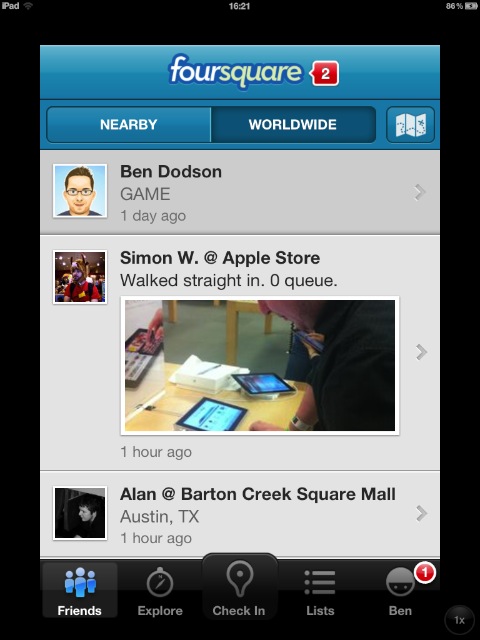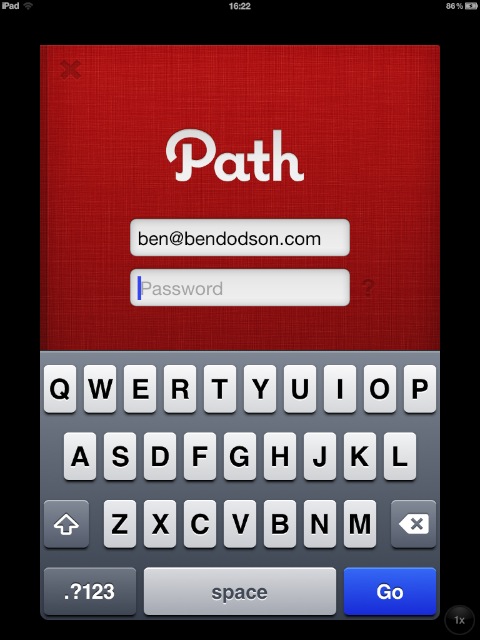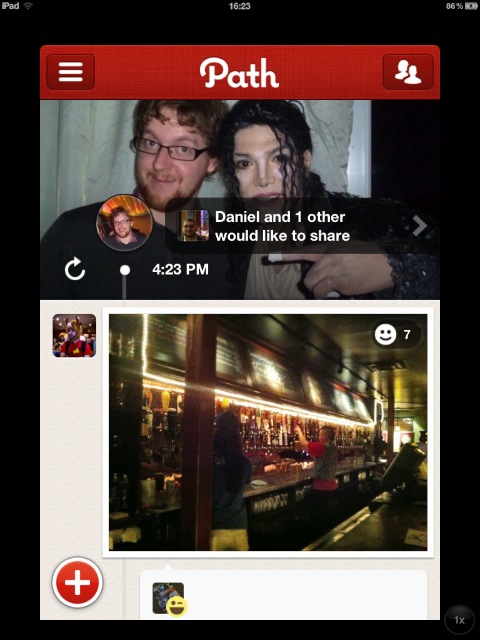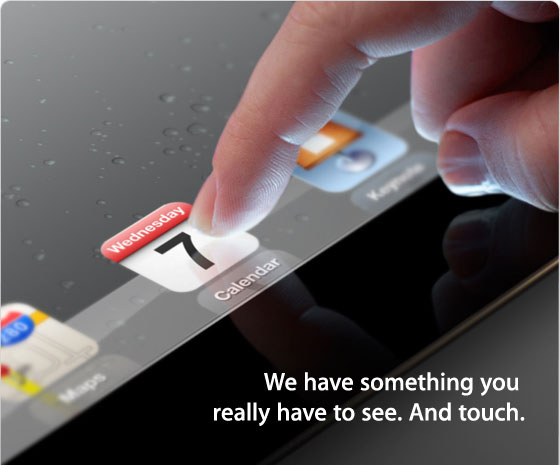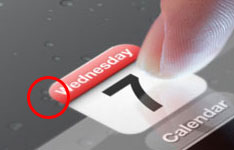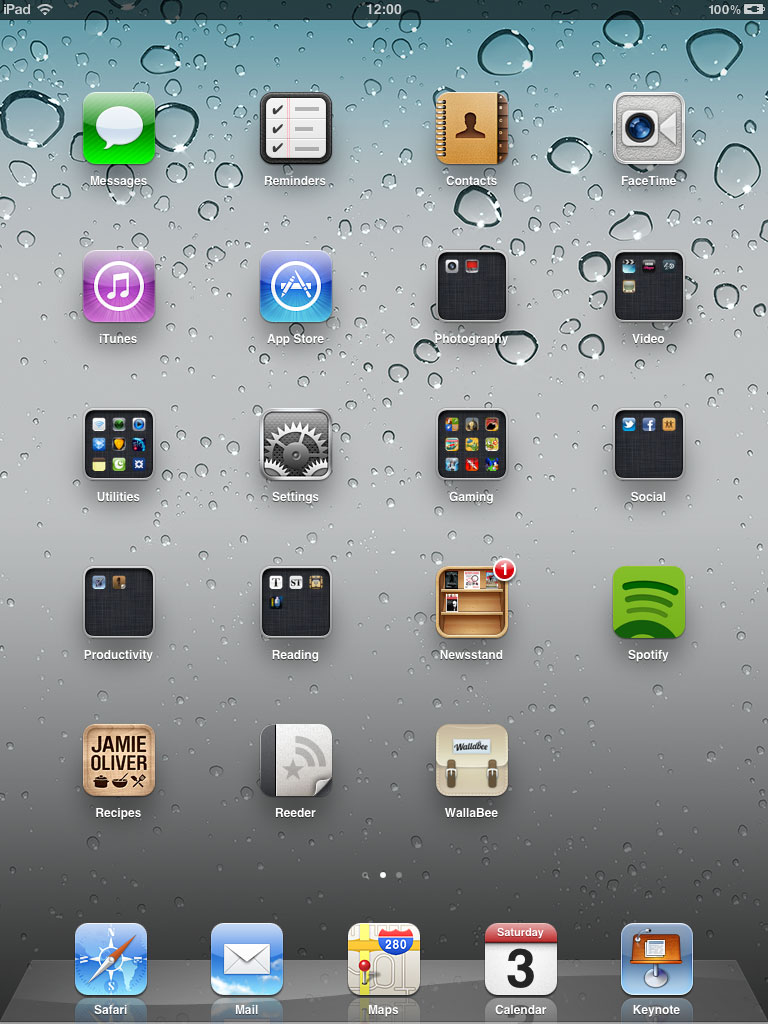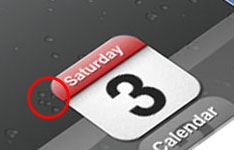LEGO: Lord of the Rings (Xbox 360)
One of the things I’ve wanted to do this year is to finally finish a few of the games I have lying around and publish a few short reviews of them. I’m not going to bother giving them a score but I will give an overview, a few pros and cons, and my final verdict which should boil down to whether you should buy it or not. I’ll only review games that I have either completed or abandoned (if they were that bad). I’ve just completed playing ‘LEGO: Lord of the Rings’ on the Xbox 360 so I’ll start there…
Overview
The LEGO games have been a big success over the past few years starting with ‘LEGO: Star Wars’ nearly 8 years ago. I first started playing them around 4 years ago with ‘LEGO: Harry Potter (Years 1-4)’ and instantly fell in love with a game that is fundamentally about collecting things. Sure you get to go around and smash stuff up (and very occassionally build things) but the basic aim is to collect special bricks, characters, and other unlockables.
‘LEGO: Lord of the Rings’ (I’m just going to call it LOTR from now on) is no different but they have mixed things up in several ways. Firstly, the graphics are much improved on older LEGO titles with decent shading, textures, and shadows. I had doubts after playing ‘LEGO: Batman 2’ (the most recent title prior to this one) as that game was generally made up of dark areas with an irritating jagged rain effect and looked terrible. Luckily LOTR doesn’t suffer from that problem. Also similar to ‘LEGO: Batman 2’ is the inclusion of proper voice acting for the characters. In previous LEGO games, the characters would mumble and use a mixture of gestures, props, and expressions to get the point across. Whilst this could be a lot of fun, it could be confusing if you weren’t intimately familiar with the plots they were acting out. Several people had doubts about giving the LEGO cast voices but it actually works incredibly well, particularly as they are using the voice recordings from the films (although I noticed a lot of them weren’t from the published films so may be from the cutting room floor).
Another big change is the inclusion of a roaming world. Rather than having a central hub area (Port Royal in Pirates of the Caribbean, Hogwarts in Harry Potter, Gotham City in Batman), you are free to traverse the entirity of Middle Earth. You can walk from The Shire to Mordor (there’s a predictable achievement if you do it as Boromir) and simply activate the 18 plot levels as and when you get to key areas. The scale and depth is absolutely perfect and you’ll be wandering around for hours between levels as you get sidelined by shiny objects in the distance.
Speaking of getting sidelined, LOTR includes a new feature in the form of quests. As you walk around Middle Earth, you’ll encounter random characters who need a specific item. Your job is to retrieve it for them in return for either a Mithril or Red Brick (there are 250 Mithril Bricks to collect that can be used to forge new items and there are 20 Red Bricks that function as cheats such as 2x multipliers on studs, the game currency). Unfortunately, as the quests aren’t part of the films, they have drafted in some pretty bad voice acting for these sections. It is a great addition though and makes getting the Red Bricks slightly harder than in previous games. The items you can collect sometimes have a useful property as they will generally mimic some character skill. For example, one of Frodo’s skills is that he can use the Light of Eärendil to illuminate areas you couldn’t otherwise explore, but there are several items that also perform that task. Any character can use the items you’ve collected in Free Play mode (a mode where you play a level with any characters and items you’ve unlocked) which means that you can access hidden collectibles without necessarily having unlocked the appropriate character. I tended to always unlock the characters so never really used the item system, but there are a few places where you are forced to such as when you are Frodo wearing The Ring on the Amon Hen level.
Pros
- The ability to walk around all of Middle Earth with seamless transitions between key locations.
- Full voice acting provided by the film cast.
- New quest system adds some extra challenges.
- An incredible number of different abilities across characters (my favourite is definitely Gimli; you have to toss him to break certain walls).
- All of the key scenes from the films acted out in LEGO form (Helm’s Deep is simply stunning).
- A good number of non-plot achievements i.e. “They’ve taken the hobbits to Isengard” which you unlock by going to Isengard as every playable hobbit (which includes Bilbo and Rosie).
- I’m not really sure if I should list this as a ‘pro’ but there isn’t any online multiplayer. Instead, there is a fantastic 2-player local co-op with an intelligent split-screen and the ability for player 2 to drop in and out at will. I think this is a ‘pro’ as it encourages people to play together rather than via the internet. It also means there aren’t any irritating ‘multiplayer only’ achievements making it perfectly feasible to get 1000g playing solo.
- Around 40-60 hours of gameplay to get all achievements and 100% game completion.
Cons
- The quest feature isn’t explained very well. I had to look online to work out that you get the items they ask for in the levels, not in Middle Earth (this wasn’t helped by the fact that the first person you meet asking for one tells you the item is ‘on the road’ when it means ‘on the road in that level you just did’).
- The voice acting on the item quests is truly awful. Admittedly, the text they’ve got to work with is awful as well.
- Changing between characters whilst in Middle Earth can be a bit of a pain. You always have 2 characters in play but if you change the 1st one to be the 2nd one, it switches to them rather than changing your character. For example, you have Sam standing in Minas Tirith and you’ve just climbed to the top of the White Tower as Legolas when you realise you need Sam to light the flame. When you go to character selection and change to Sam, it swaps to the other player rather than changing Legolas to Sam. It can also happen randomly if you’ve used the character you want with the other player recently.
- Some of the jumping puzzles when roaming Middle Earth are damn near impossible due to glitchy camera angles.
Squee Moments
- The 3 film cameos from Peter Jackson are all in the game (he’s usually holding an Oscar).
- Tom Bombadil is an unlockable character.
- You not only get to fight the Balrog whilst falling in Khazad-dûm (as per the opening of The Two Towers) but you also get to kill him on top of a snowy peak later on.
Verdict
You should buy this game. Definitely. Like all LEGO games, it appeals to every age group and has a lot more depth than you would think. As a Lord of the Rings fan, I found this to be a stunningly good use of the license rather than a shameless cash-in like a lot of the Lord of the Rings games. It’s evident that the developers working on it were huge fans as well.
Highly recommended!
One More Thing
Whilst I’m talking about LEGO Lord of the Rings, I found some interesting leaks online about the second wave of LEGO sets that are due to launch sometime around Q1/2 this year. Practically confirmed so far are:
- Wizard Battle (Gandalf and Saruman)
- The Council of Elrond
- The Black Gate (including a Mouth of Sauron minifig)
- Pirate Ship Ambush
- The Tower of Orthanc - Oh. Hell. Yes.
There are also rumours of a Treebeard and Balrog set - there haven’t been any leaked images of these so we’ll see but a LEGO Balrog has been on a lot of wishlists since the license was first announced.
In the mean time, I think I’m going to attempt to build this fan-made 1.8 metre high Tower of Orthanc…
